Tips on writing a compelling RESUME with a competetive edge

When applying for a job through a job board, have you ever taken the time to notice the metrics that most include, listing the number of applications that have been submitted? It can be quite daunting to think of the number of other applicants you are up against – especially when your resume is the first impression you will make on any organisation - and according to statistics it takes on average 6-30 seconds for a recruiter to look at your resume and decide whether it is suitable or not.
Here are some tips and best practices to write a compelling resume that will help you stand out and make a lasting impression.
Design:
- Include an up-to-date professional photo of yourself in your resume. (Do not use selfies or photos that are filtered, keep them clear and natural)
- Include your full name, phone number, email address and a link to your network profile (such as your LinkedIn)
- For security reasons, people may be hesitant to put in their personal address, but it is important for employers to know where you are located, so put in your area or state and country. For local roles, this will help the employer to know how close you are to the job location for commuting reasons and allows the employer to gauge local salary norms and expectations.
- Include a concise introductory paragraph on your resume that highlights your qualifications, unique skills, and your enthusiasm for the role. This is the first part of introducing yourself, before you list your work history - so make sure it is dynamic and powerful as this will help grab the employer’s attention and can be the key to making your resume stand out immediately when they are parsing large volumes of applications.
Helpful hints in your design format:
- Use a design template. If you are going to use a pop of colour for your header or sidebar, use professional tones, black and white, or dark blues are most effective – extremely bold colours that are bright can detract from your important information immediately, making it look less professional.
- Due to the large volumes of resume's that are received for job applications, companies often use an ATS (Applicant Tracking System) that parses resume’s to search for specific keywords and skills that are relevant to the job. Having too many images on your first page or bright colours, can cause the ATS to automatically reject your resume
- Keep your resume in both a Word and PDF format. If you are applying via an online portal that parses your resume into an online form, it is easier for the ATS system to scan the relevant information. If you are applying via an email or attachment, it is a safer best practice for protection of your information.
Structure:
Your resume is a visual presentation of your yourself and your work history. Take the time to gather your information and ensure that it is accurate and relevant.
Always work in reverse chronological order, starting with your most recent (or current) position. Include your Title/Position and work on the rule of the thumb that your resume should date back to the last 10-15 years at maximum. Ideally your resume should be 1-2 pages.
Your resume should be concise, yet informative, so list the tasks and responsibilities that are relevant
to the job you are applying for.
- If you are new to the job market and have had a part-time job or Internship whilst you have been studying, use transferable tasks to highlight your experience (customer service or sales). Include volunteering and any club activities that you have initiated or achieved in.
- If you have been in the job market for more than two years, include the titles that are most relevant and highlight the quality of the contributions to your company alongside your tasks. (Still bear in mind conciseness and relevance) Include any awards or achievements.
- Once you have reached the 10-year mark in your career it is helpful to include any continuing education classes you have done, such as LinkedIn Courses, Part-time courses, or company courses that you have completed. At this juncture in your career, you can still include your education and qualifications at a more concise level and start to remove earlier job roles (over 15 years old), that will give you room to include career highlights as you list your tasks.
- Make sure job tasks and skills are true and not over-exaggerated or made up – integrity and honesty are key. If you progress to the interview stage or are hired, it takes very little time for an employer or recruiter to realise that you have misrepresented yourself.
- Include 1-2 references. (Always ensure that you have requested permission from the referee about whether they are comfortable providing a reference and their contact details – never assume that any person or company is comfortable with providing a reference).
Did you know that using bullet points and action verbs on your resume greatly enhances your chances of
standing out to an employer? Here is a link to a list of words that are a powerful tool on your resume.
Finally, ensure you proofread your resume. A simple error can make or break your resume.
It can be helpful to take a few minutes to step away from your newly crafted resume and come back with a fresh mind to proofread it. If possible, ask a second qualified person to look at it – having a ‘second set of eyes’ can help give you additional perspective on how your resume comes across.




